With just pieces of wood joined together, fishermen at the Tran De estuary in Soc Trang province can move easily and skillfully on muddy beaches that are half their body deep. Leaning on one leg on the bamboo pole, they cast nets for mullet, hunt for crabs, catfish and many other types of seafood. That is "going bamboo" - a unique way to make a living on the alluvial sea in the Southwest region.
With simply made wooden panels, the boat helps fishermen easily move on deep mud flats.
The boat is very simple to make and does not cost much money, so many poor fishermen choose it as a means of fishing near the shore to make a living. All you need is a piece of wood about 3cm thick, more than 1m long, and about 50cm wide to make a boat. The wood is planed smooth so that it can glide on mud and water. After sawing the wood, people use fire to heat one end of the wood, pressing it up to make the nose of the boat rise above the mud. Near the middle is a vertical wooden bar for fishermen to rest their hands on, steering the boat to move as desired.
At dawn, I followed Tang Hien and his father to Mo O beach, Trung Binh commune, Tran De district. A small boat carrying bamboo boats, rice, and drinking water headed towards the sea. Vam Mo O appeared before our eyes. Dawn had just broken. The small boat kept bouncing up and down with the undulating waves. Hien held the wheel firmly, his face looking more tense than usual. I joked that if we just go towards the sun, the light will shine down on life. The small boat sped away. The wind blew straight into everyone's face. When we reached the shallow water, Hien's son dropped anchor. That was where we stopped the boat to wait for the tide to recede. Looking back, the row of mangrove trees along the shore was about a few kilometers away from us.
After anchoring the boat, Mr. Hien began to go down to the sea to cast a net for mullet. The water looked vast but was only knee-deep. A net more than 200m long caught the path of schools of mullet that had drifted ashore to eat seaweed, and were following the receding tide back out to sea. About half an hour later, the water receded, revealing large mud flats, and the boat lay still. Chi Thien, Mr. Hien's son, began to bring fishing gear to remove the fish that had just been caught in the net. He stood on the boat, giving orders, commanding, guiding, and lowering the wooden pole. Thien's knee rested on the back of the pole, his hand on the wooden pole, and his other foot stepped into the mud, pushing it along gently and skillfully. "On a muddy beach half a person deep like this, whether you are fishing for mullet, crabs or starfish, you will need to use a gillnet to move. Without a gillnet, you cannot lift your feet to walk. If you cannot even walk, where would you get the strength to collect nets or catch fish? The seafaring profession relies on this gillnet to move on the mud, without it you would never be able to move," Mr. Tang Hien affirmed.
The higher the sun rose, the faster the water receded, leaving only vast stretches of mud, sinking deeper than the knees. The beach now became a "playground" for fishermen, who began to perform graceful dances with skillful and beautiful wooden paddles. From the mangrove forests along the shore, fishermen paddled their paddles to the water's edge to begin their livelihood. They picked up everything left on the mud after the water receded, such as fish, crabs, shrimp, snails, etc. According to the fishermen, paddle boarding, although it looks easy, requires the right technique to paddle quickly and maintain endurance. "One leg is placed on the boat, the other leg is kicked into the mud to push the boat forward. Both hands are placed on the handle to steer, controlling the desired direction. For skilled and healthy fishermen, each pedal stroke can send the boat up to 3 meters away. In four hours, with just a simple boat, each person can travel from 70 to 100 kilometers on a large mud flat," explained young fisherman Tang Chi Thien, son of Tang Hien.
Today, Mr. Hien and his father and the fishermen of Mo O caught a batch of mullet. The boats glided along the edge of the net to remove the fish and put them in the bucket. Mr. Hien asserted that a small boat like this can carry up to 150kg and still glide over the shallow mud. According to fisherman Nguyen Quoc Kha, this job is very strange, if your hands and feet are covered in mud, you will earn money, but if your clothes are dry, your pockets will be empty. "Every day I go fishing for fish and crabs, I can earn a few hundred thousand dong. If I don't have any extra, it's just enough to get by. Going fishing has to follow the ebb tide, so I can only go fishing for eight to ten days a month," Mr. Nguyen Quoc Kha confided.
BUI QUOC DUNG/NHAN DAN NEWSPAPER
Source link



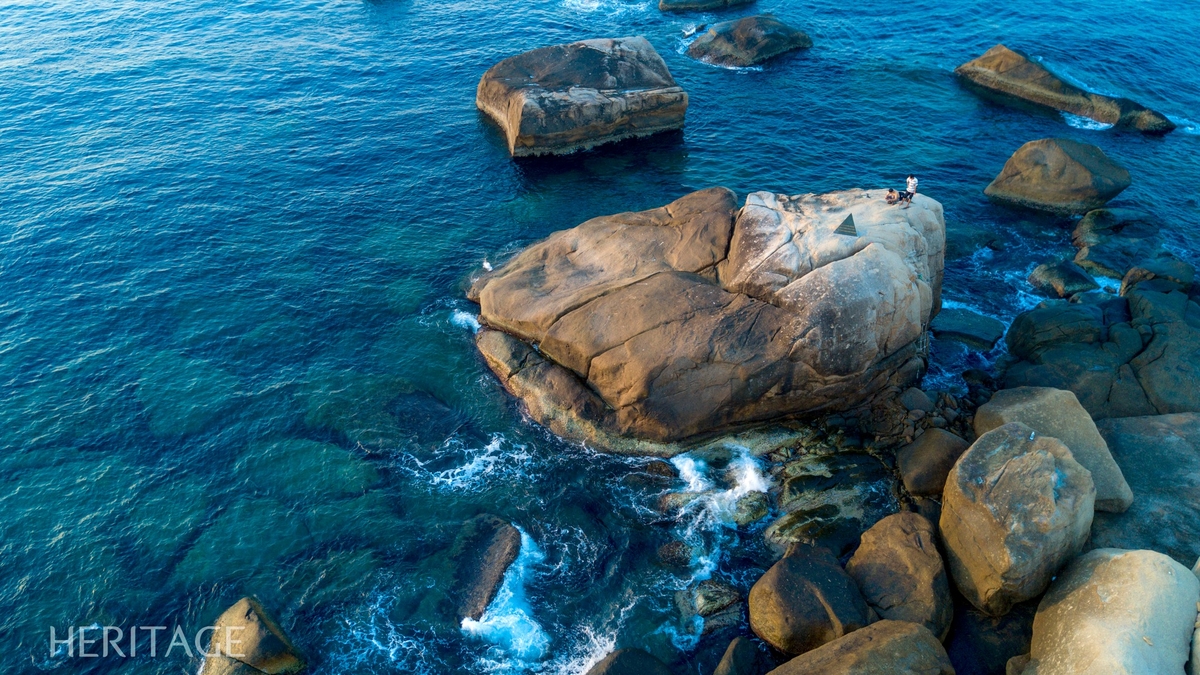




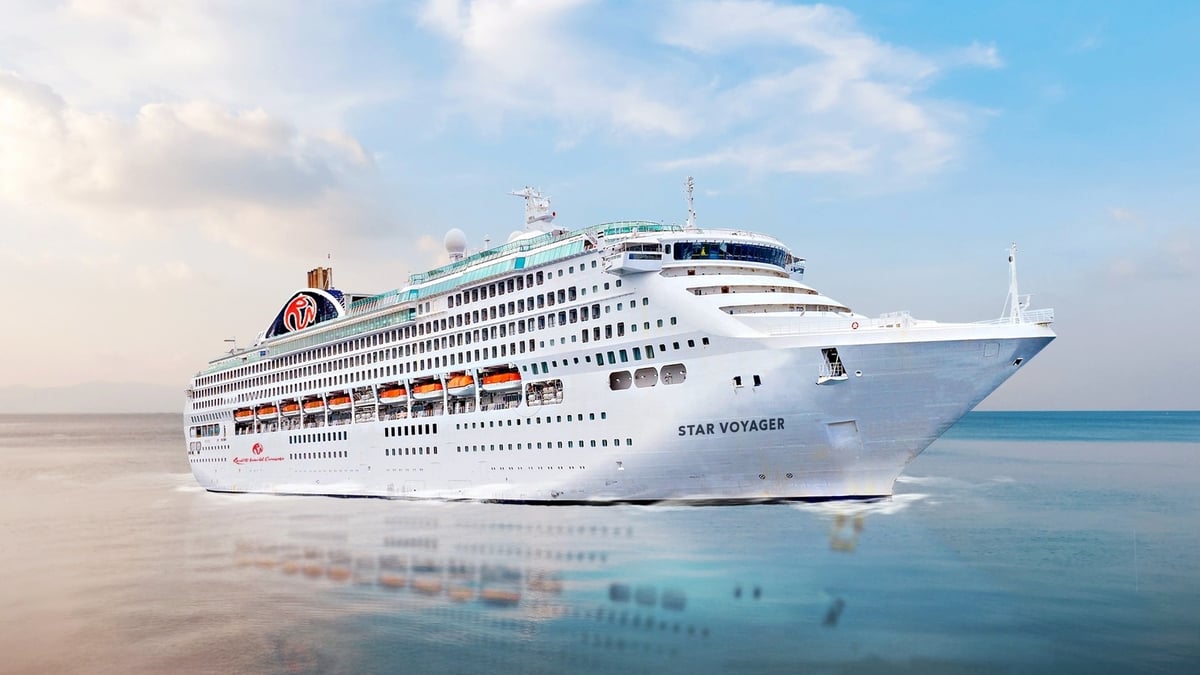




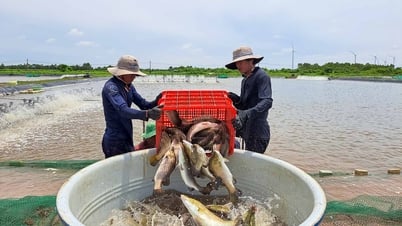
![[Media] Supporting women in starting a business](https://vphoto.vietnam.vn/thumb/402x226/vietnam/resource/IMAGE/2025/6/13/3894920bed774522ac6aa4370c215cd8)
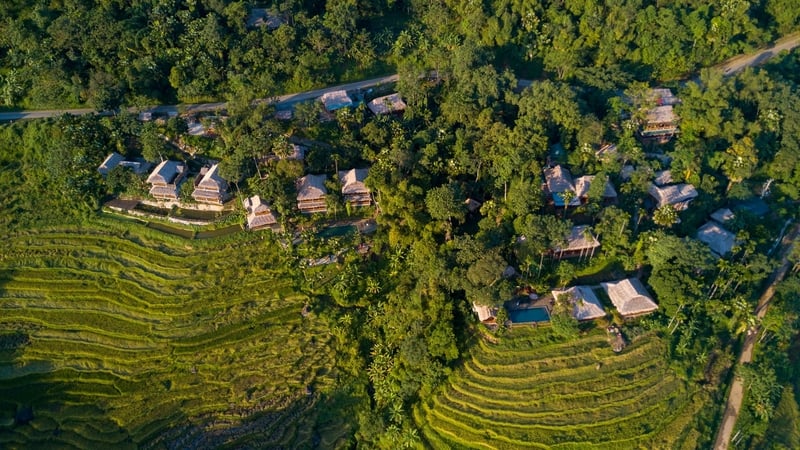









![[Photo] President Luong Cuong talks on the phone with South Korean President Lee Jae Myung](https://vphoto.vietnam.vn/thumb/1200x675/vietnam/resource/IMAGE/2025/6/13/eee54a4c903f49bda277272b1dda68e8)








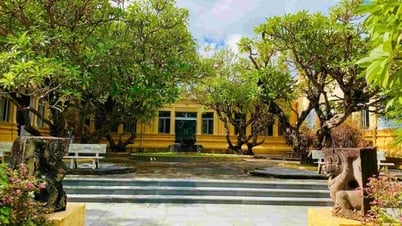

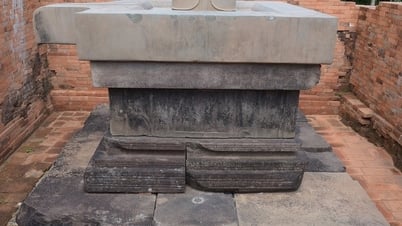

























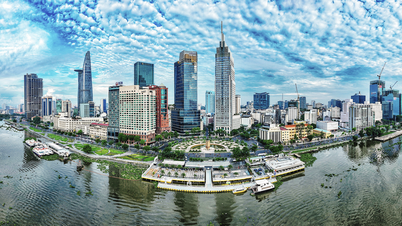



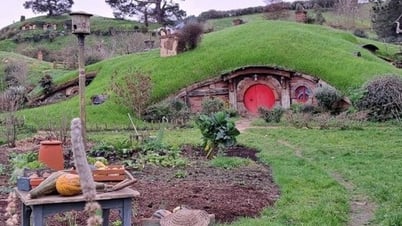




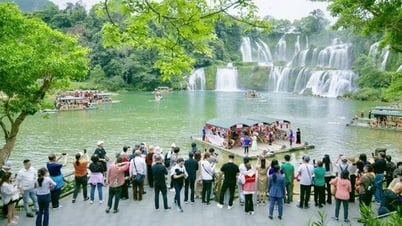






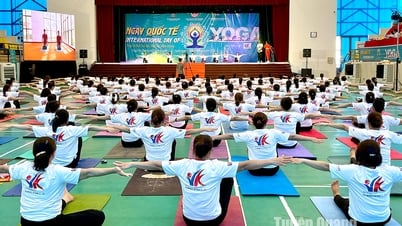



















Comment (0)